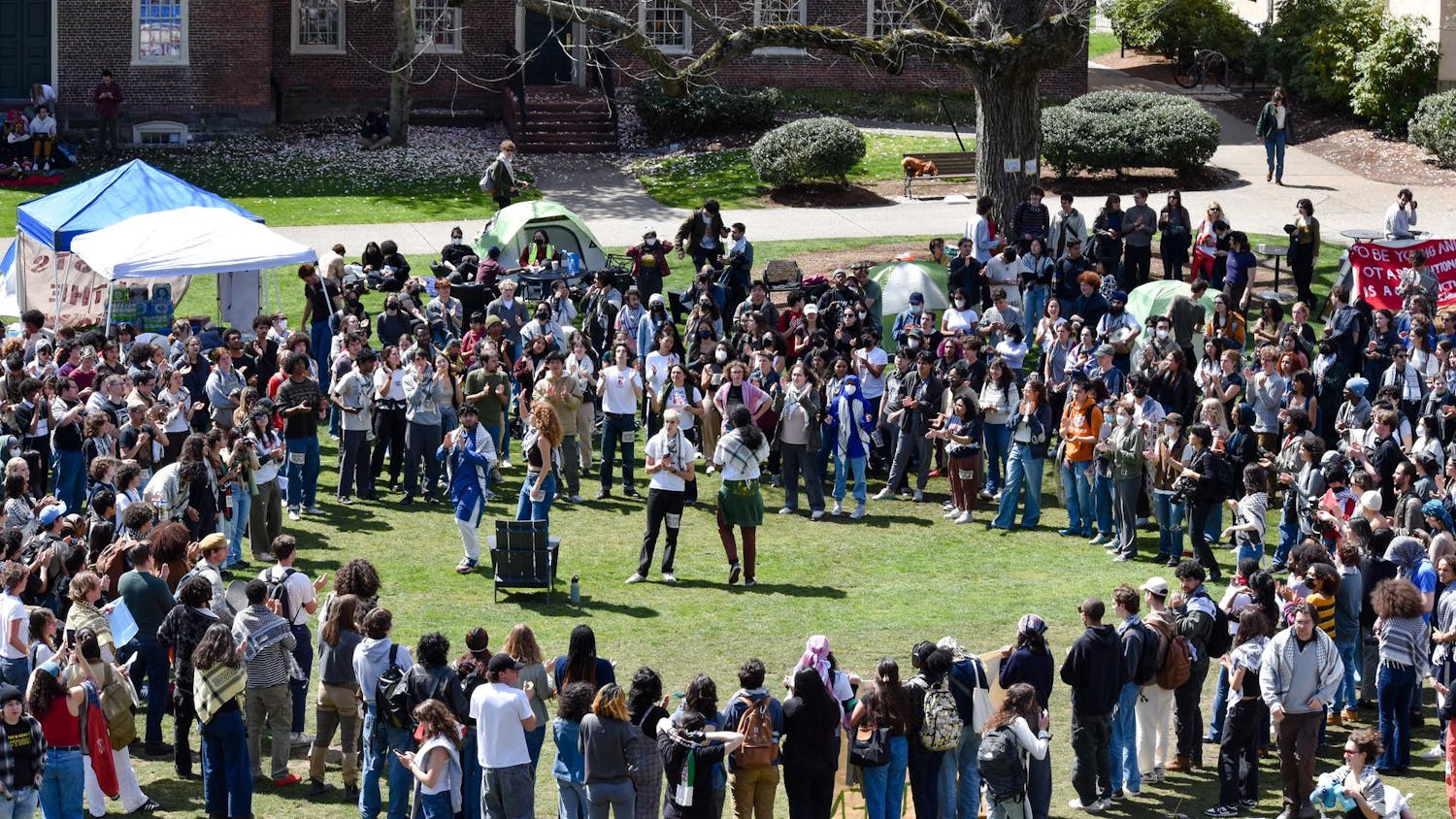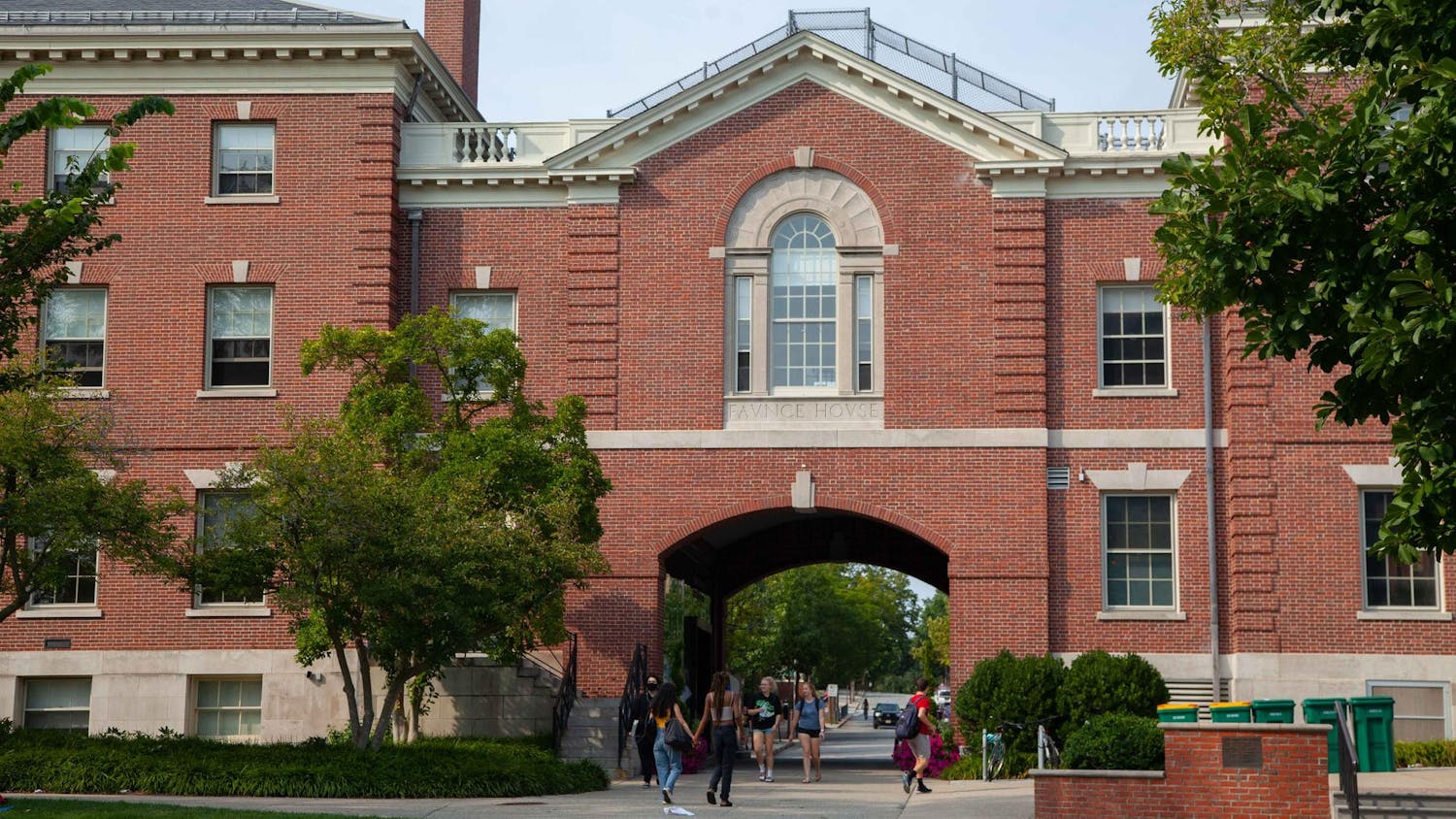Thirty years ago, having a portable writing machine meant lugging a typewriter across campus. But today, nearly all students own a laptop, and almost 65 percent own a smartphone.
According to the most recent Herald poll, 97.5 percent of students indicated they own a personal laptop and 64.3 percent reported owning an iPhone, Android or Blackberry. Nearly 99 percent of students who do not receive financial aid own laptops, compared to 96.3 percent of students who receive financial aid. Seventy percent of students who are not on financial aid reported owning an iPhone, Android or Blackberry, compared to 54.5 percent of students on financial aid.
Many students said personal electronics are important in both the academic and social realms.
"I think laptops are a pretty big deal," said May Siu '15. "If you don't have a laptop and have to use the cluster computers in the library, it can be difficult to deal with."
Emily Chang '14 also mentioned the academic constraints students face without certain technological devices. "If students are not able to afford a laptop, it will really limit their ability to mobilize and study wherever they want or even take notes in class," she said.
But Sheyda Bautista-Saeyan '14 said the University does help the few students who lack their own computer. "I think it might hinder the social environment, but I do think Brown does a good job in having computers readily accessible to students," Bautista-Saeyan said.
Other newly popular portable devices have not yet permeated campus culture — only 5.5 percent of students reported owning a tablet computer and 6.2 percent an eReader, such as a Kindle.
"In terms of learning, only laptops matter in the classroom," said Daryl Eng '15. "Most professors still use the chalkboard during class, which is pretty cool."
One course offered this semester, COLT 1421Q: "Word and Image: Ekphrasis, the Iconic Narrative and the Graphic Novel," has experimented with moving beyond the traditional chalkboard setup. The course, taught by Meera Viswanathan, associate professor of comparative literature, provided each student with an iPad to help bridge the gap between text and images in works of literature.
But the novelty of the iPad did not improve the course for everyone. "I feel as though the iPads have been detrimental to the class," a student enrolled in the course, who did not want her name used, wrote in an email to The Herald. "We used the iPads as a narrow framework that we had to use all the time as opposed to a supplement that we only used when it was convenient. It negatively impacted the books that we read because we could only read books that were available for the iPad."
Methodology
Written questionnaires were administered to 851 undergraduates November 2–3 in the lobby of J. Walter Wilson and the Stephen Robert ‘62 Campus Center during the day and the Sciences Library at night. The poll has a 3.1 percent margin of error with 95 percent confidence. The margin of error is approximately 4.7 percent for students receiving financial aid and 4.2 percent for students not receiving financial aid.
Find results of previous polls at thebdh.org/poll.
ADVERTISEMENT




